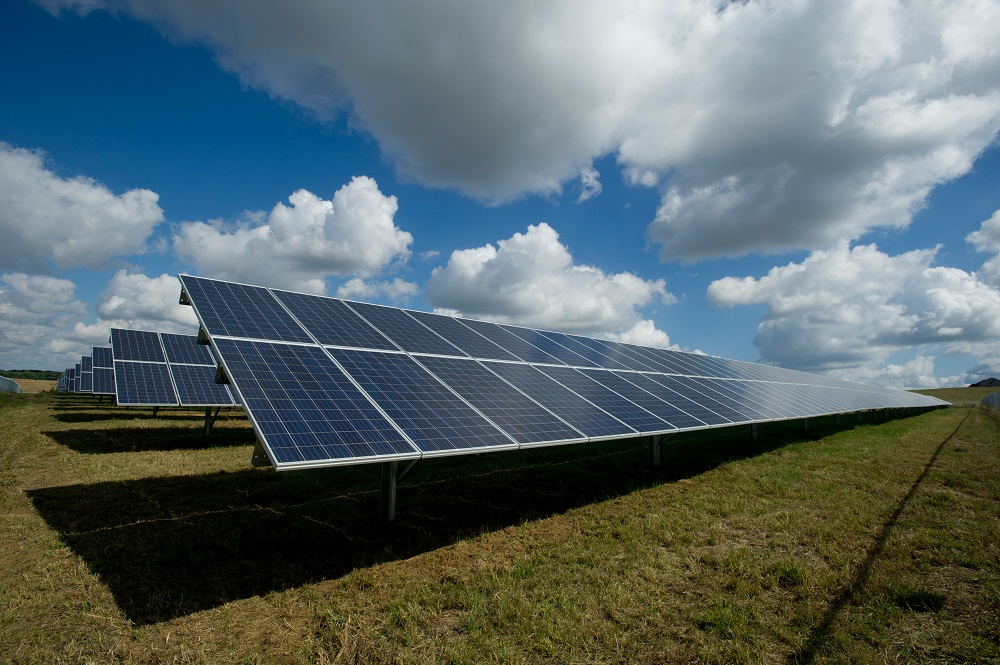Renewable energy sources are surging in the United States, setting new records and outpacing traditional fossil fuels like coal and natural gas. In a recent piece, the Wall Street Journal reports that wind and solar energy are poised to overtake gas as the preferred alternatives to coal power generation, according to recent data.
In 2023, renewable power accounted for nearly a quarter of U.S. electricity demand and nearly 9% of total energy consumption, as reported by BloombergNEF. This growth was propelled by the addition of 42 gigawatts of renewable power generating capacity and 7.5 gigawatts of battery storage to the U.S. grid.
Federal policies, including the Inflation Reduction Act (IRA) and grants from the Energy Department, played a pivotal role in driving this expansion, according to BloombergNEF.
Lisa Jacobson, president of the Business Council for Sustainable Energy, emphasized the importance of recent federal policies in accelerating the deployment of clean energy technologies amidst market challenges.
Moreover, the rise of renewable energy is contributing to the decline of coal power.
Research by BMI, a Fitch Solutions unit, indicates that renewable sources are replacing coal-to-gas switching, with coal projected to account for 25% of global electricity generation by 2032, while renewable power will constitute 43% and natural gas 21%.
Despite these positive trends, concerns about investment in the energy transition have surfaced. Slowing growth in electric vehicle (EV) sales has prompted U.S. automakers to reassess their EV expansion plans. While EV sales in the U.S. increased by 50% in 2023, challenges such as low metals prices have slowed output expansions in the mining sector.
Additionally, offshore wind projects in the U.S. faced hurdles, with power firms reconsidering planned projects due to escalating costs and diminishing returns.














